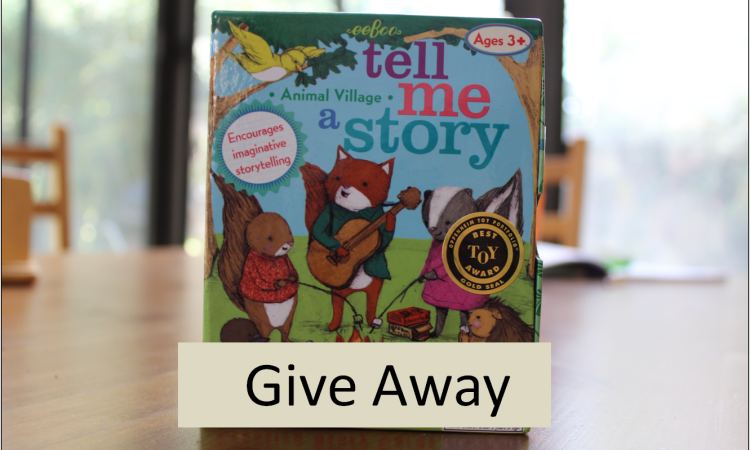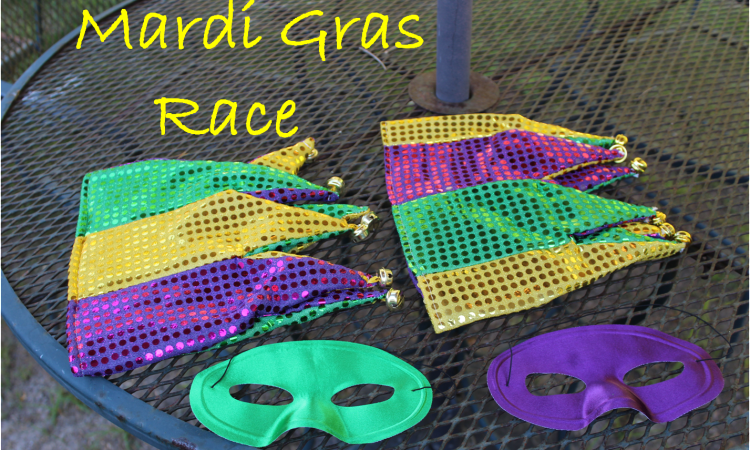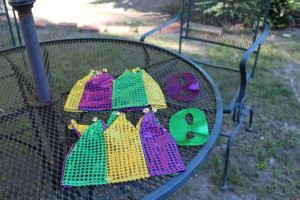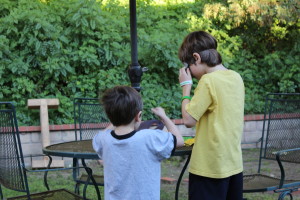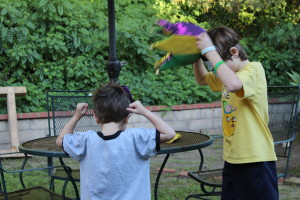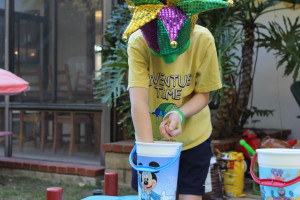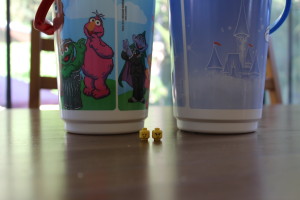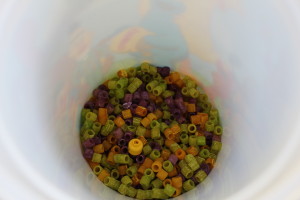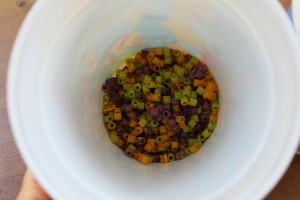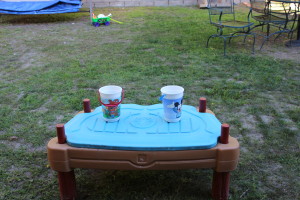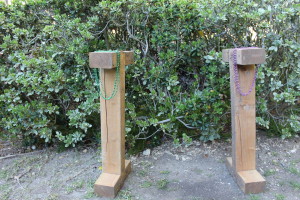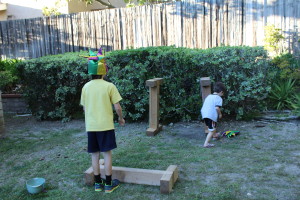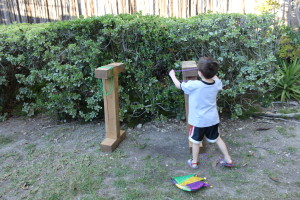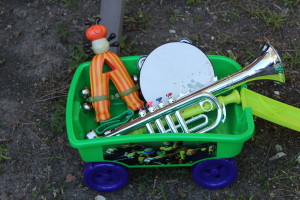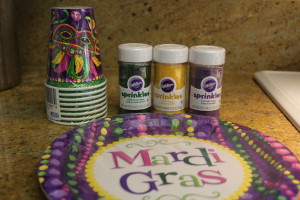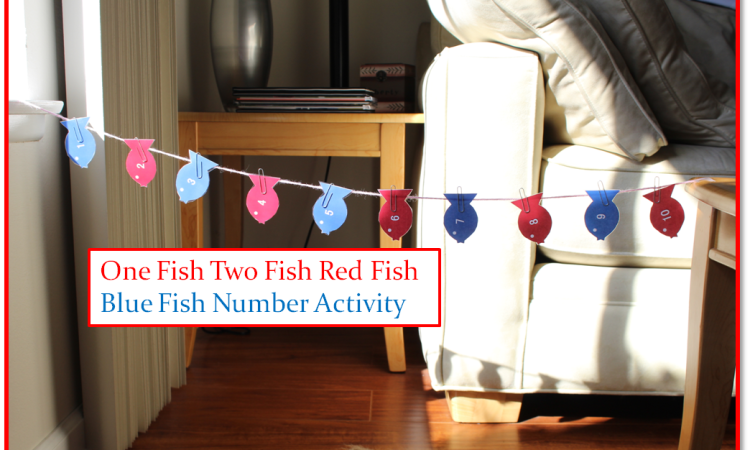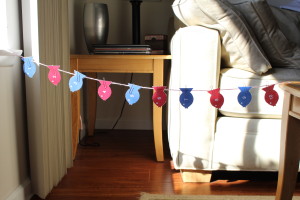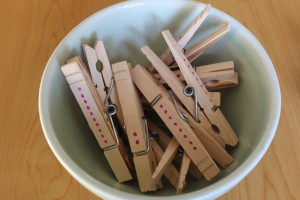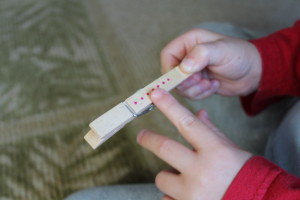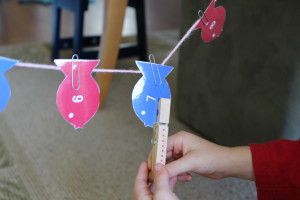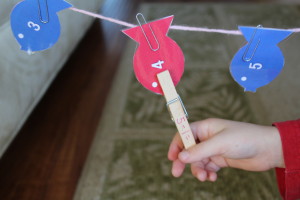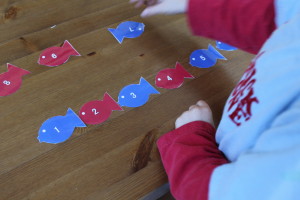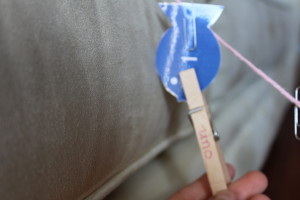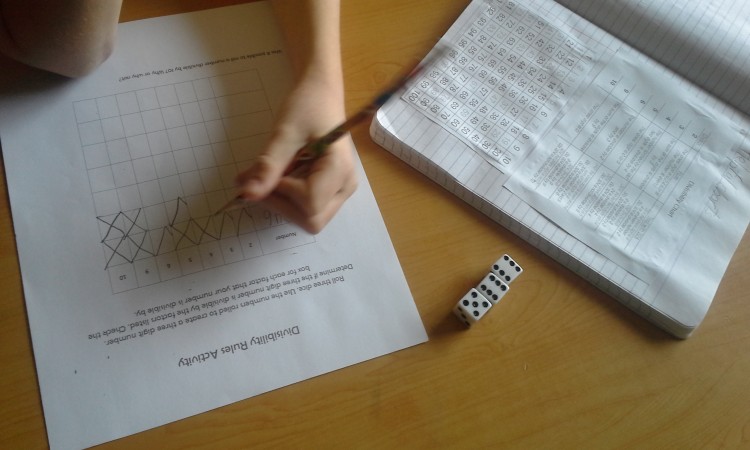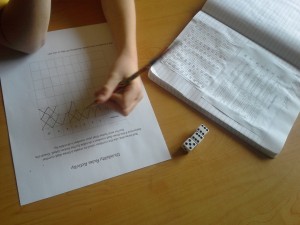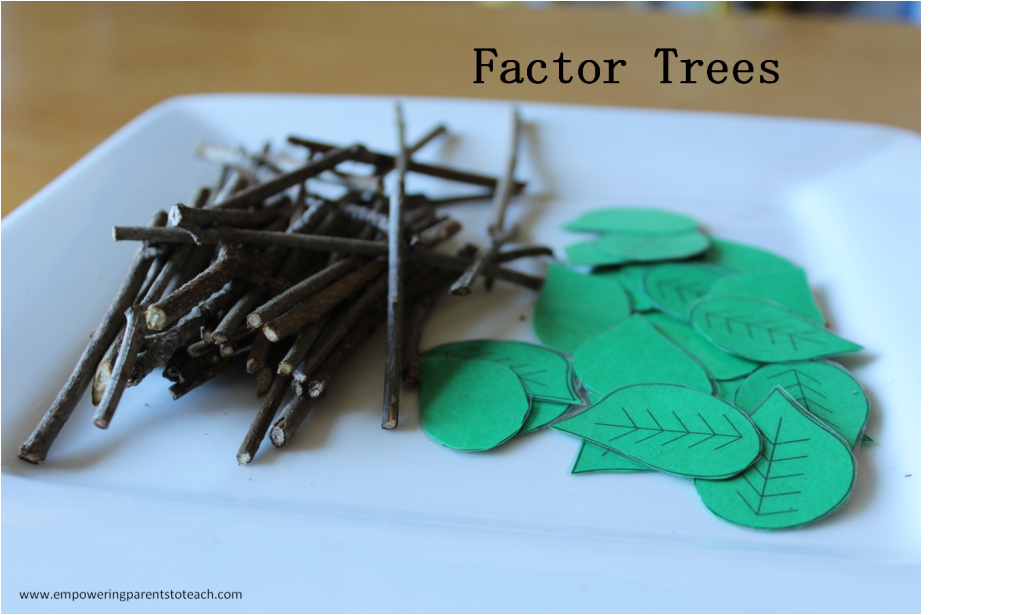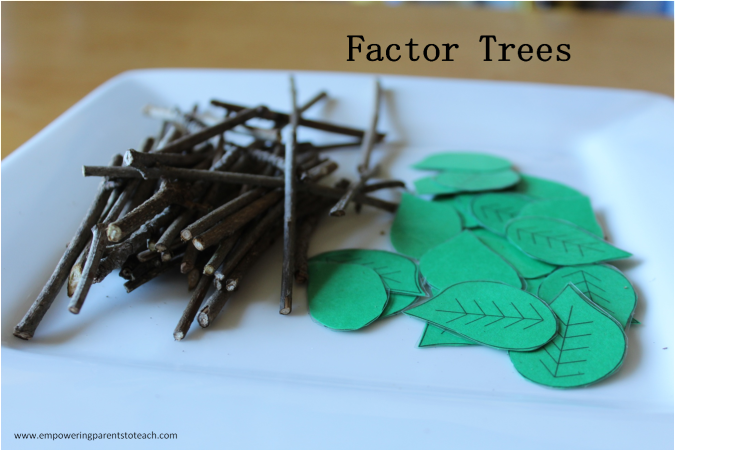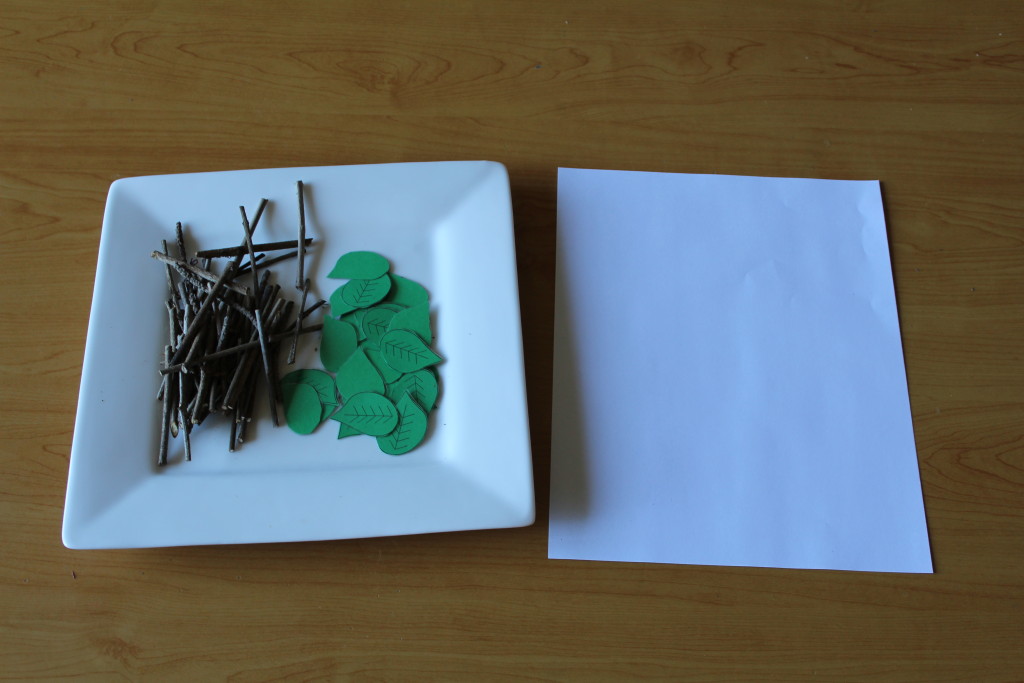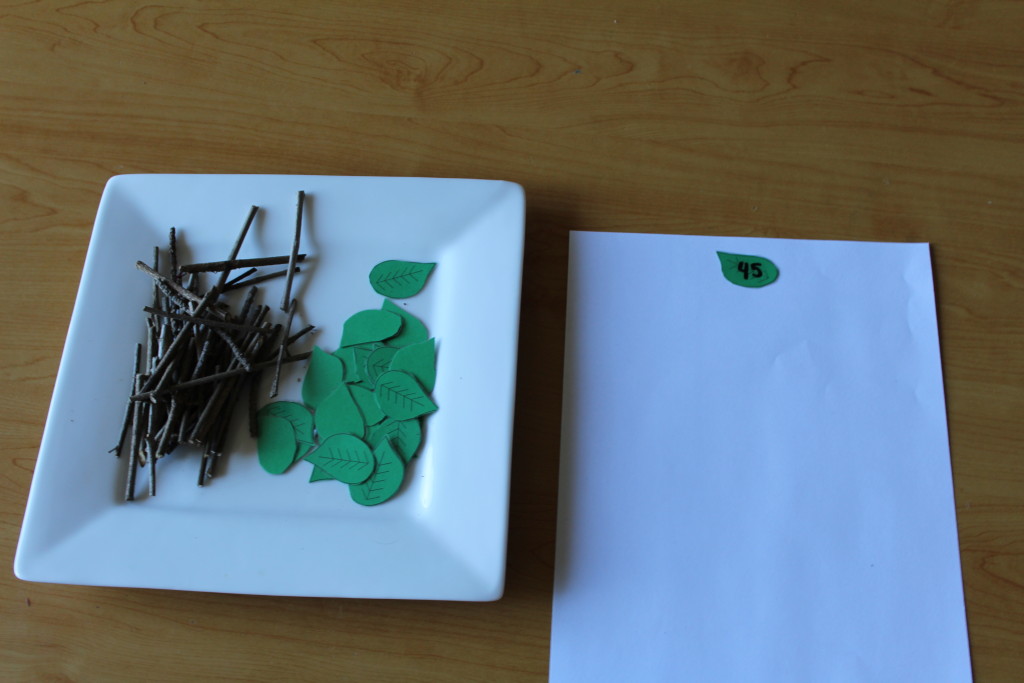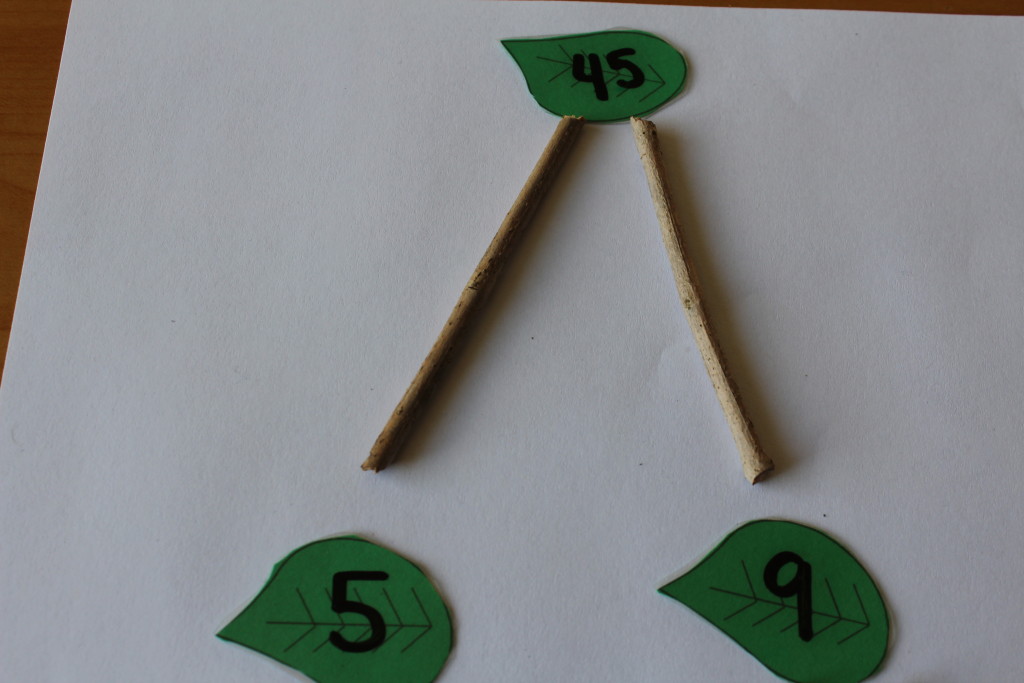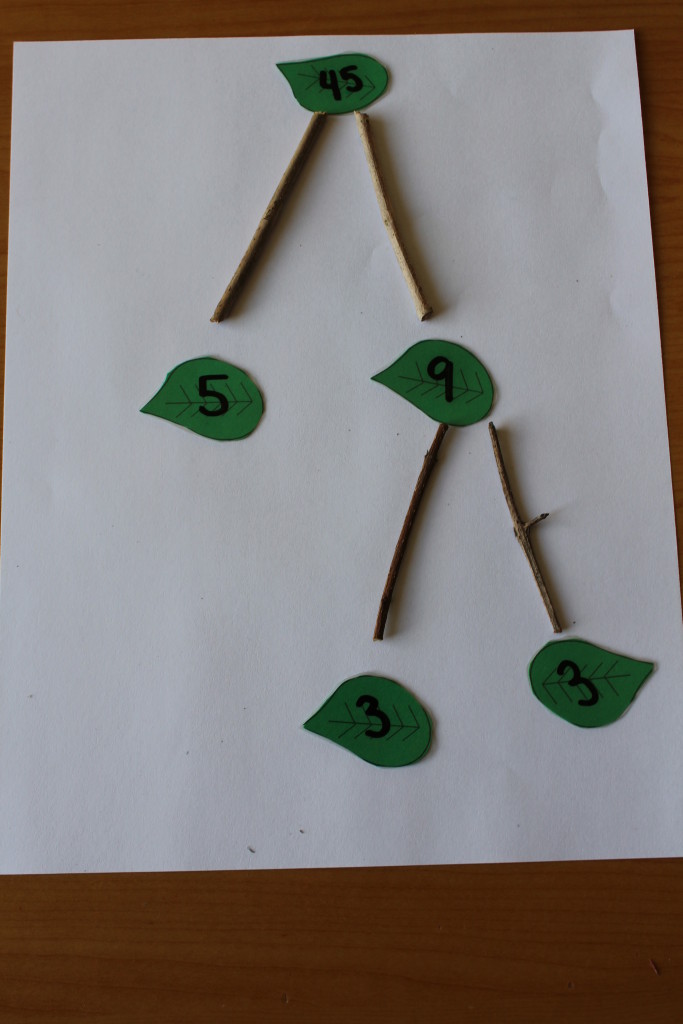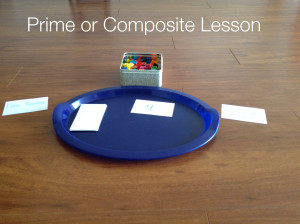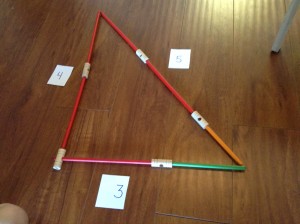This contest is now closed. The winner has been contacted and the prize was mailed.
As a thank you for being such a wonderful part of the Empowering Parents to Teach community, I’m giving away one package of these adorable story telling cards made by eeboo to one lucky winner.
The illustrations on these cards are perfect for children of many ages. Your child can tell you a story orally or create a written tale based on the pictures. You can even use these with toddlers describing what you see in the illustrations! I love open ended materials like this. As an added bonus, they are not a bug, bulky toy adding clutter to your toy room! They are small enough to put in a purse or bag, perfect for times when you need something handy, like in a restaurant, waiting in a doctor’s office, going on an airplane, or entertaining a little one at a sibling’s soccer practice!
How to enter:
There are two ways to enter:
1. Visit Empowering Parents to Teach on Facebook. “Like” the Give Away status with the picture of the cards and leave a comment saying, “Just entered to win.” You must leave a comment, or I can’t tag you to let you know if you’ve won!
2. Follow us on Twitter and tweet the phrase, “@EmpoweringPTT, Enter me to win!” You must use include @EmpoweringPTT in your tweet or I won’t see your message!
These social media outlets are not in any way responsible for or in endorsement of this contest.
Details:
The contest begins on Wednesday, Feb.18, 2015 at 7am PST/4am EST and ends at 8pm PST/11pm EST on the same day. A winner will be chosen at random and notified via Facebook, Twitter, or email. The winner must respond to this notification within 48 hours. If the winner does not respond within this time frame, the prize is forfeited and a new winner be will chosen at a random. Open to United States residents only.
Good luck and thank you again for being so awesome ![]()

